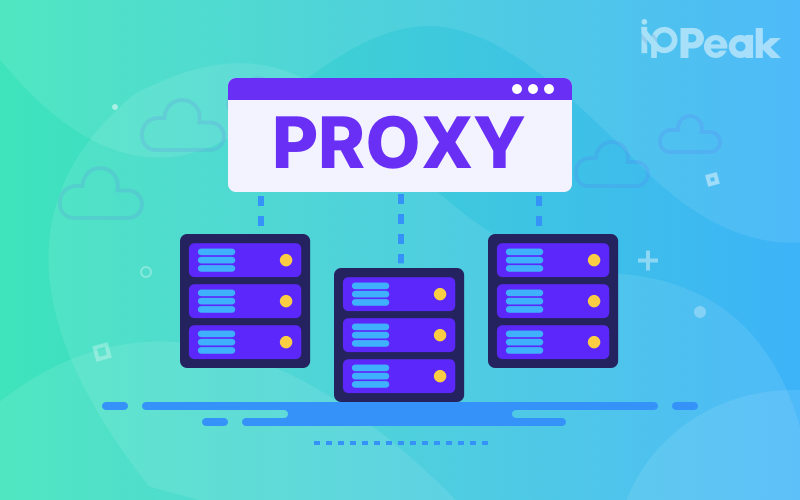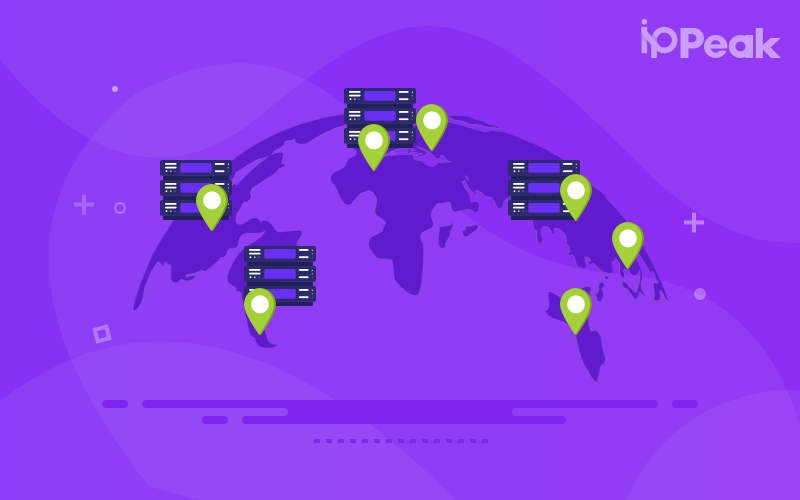How to Respond to Global Regulatory Changes in the IP Proxy Industry: Latest Insights and Analysis
How to Respond to Global Regulatory Changes in the IP Proxy Industry: Latest Insights and Analysis

As data compliance and internet governance continue to tighten worldwide, rotating proxy usage compliance has become a central topic in the industry. Many countries are revising their laws on online privacy and data transmission, setting stricter standards for proxy usage, node sourcing, and anonymity mechanisms. For teams that rely on proxy technology for data collection, ad verification, or cross-border access, understanding policy trends and compliance pathways is now essential to ensure business continuity and legal stability.
1. Key Shifts in Global Regulatory Trends
In recent years, regions such as Europe, the United States, and Asia-Pacific have introduced multiple cybersecurity and privacy frameworks. The EU’s GDPR and California’s CCPA emphasize data access legality and transparency, while other nations are developing new rules for anonymous access and data routing. This requires proxy providers to disclose node origins clearly and ensure their traffic does not involve illegal data scraping, privacy breaches, or unauthorized cross-border transfers.
For users, selecting a proxy provider with compliance certifications has become a fundamental step. Transparent privacy policies and auditable traffic logs are now vital indicators of trustworthiness within the industry.
2. Risks and Challenges in the New Compliance Landscape
● Legal Variations Across Regions: Each jurisdiction defines data access and transmission differently, creating complex compliance challenges for cross-border operations.
● Unverified Proxy Sources: Nodes with unclear or unapproved origins may be flagged as “illicit traffic,” leading to account suspensions or legal disputes.
● The Grey Area of Anonymity: Excessive identity masking can be interpreted as regulatory evasion, making the boundary between “safe anonymity” and “illegal concealment” increasingly ambiguous.
3. Industry Strategies and Future Directions
● Enhanced Node Transparency: Leading proxy brands are expected to disclose node origins, routing details, and usage rights to ensure legal clarity.
● Regional Compliance Audits: Establishing localized auditing systems helps users legally access resources within approved jurisdictions.
● Upgrading Encryption and Privacy Technologies: Implementing end-to-end encryption and intelligent routing systems ensures data security while remaining compliant.
● Active Regulatory Engagement: Proxy providers and industry alliances should collaborate with policymakers to define fair and practical technical standards, reducing compliance risks.
4. User Compliance Recommendations
For users engaged in big data analytics, ad monitoring, or international research, compliance begins with responsible use. It’s essential to choose reputable proxy providers that support certified nodes and periodic compliance audits. Managing request frequency, traffic allocation, and operational automation within platform rules ensures sustainable and secure use of proxy services.
Conclusion:
The global IP proxy industry is entering a transformative era of regulatory restructuring and technological innovation. Legality, transparency, and security will define the future landscape of proxy services. As compliance and performance become equally critical, high-speed and regulation-ready residential proxy unlimited bandwidth solutions are set to lead the industry forward—offering a solid foundation for secure, efficient, and lawful global data operations.
You might also enjoy

How to Respond to Global Regulatory Changes in the IP Proxy Industry: Latest Insights and Analysis
Global proxy rules tighten; compliance, transparency, and security are key to safe, lawful, and efficient global data operations.
November 4.2025

Are Static Residential Proxies Safe? How to Avoid Account or IP Bans?
Static residential proxies ensure safe, stable, and anonymous connections when used properly, helping prevent account bans and IP blocking in online operations.
November 4.2025

IP Proxy Brands Designed for E-Commerce: Which Product Works Best for Bulk Operations?
Reviews top IP proxy options for e-commerce, comparing speed, security, and flexibility to help users choose the best tools for bulk operations.
November 4.2025
- Popular Blogs
© 2024 IPPeak. All rights reserved
